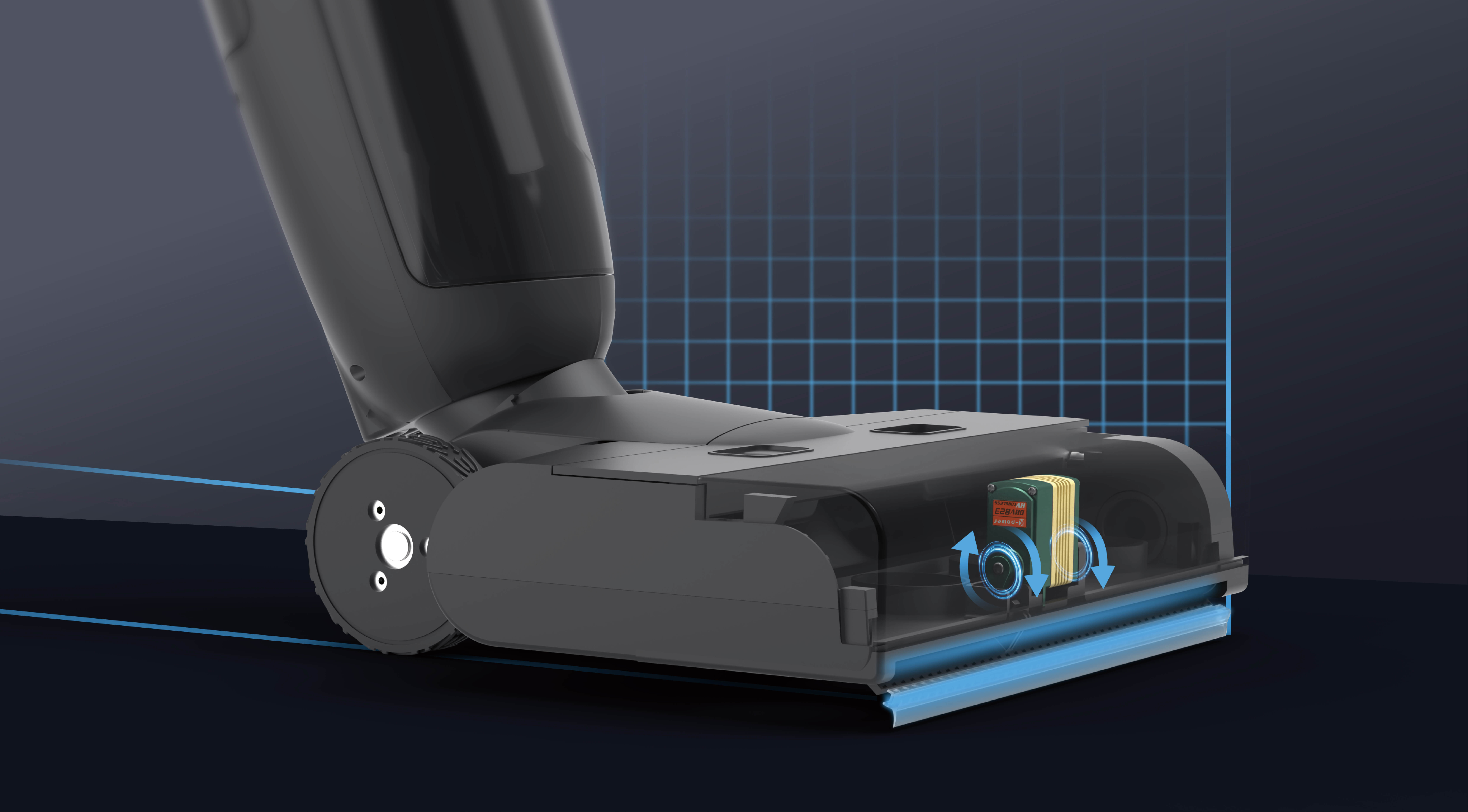Certainly! Here is the first part of a compelling and attractive soft article on the “SG90 9g Servo Motor Datasheet,” composed as per your request.

When it comes to building robots, drones, or any project requiring precise movement, tiny yet powerful motors are the unsung heroes. Among these, the SG90 9g servo motor stands out as a favorite across hobbyists, students, and even professional engineers. Its lightweight design, affordability, and reliable performance make it a go-to choice for countless applications. To truly harness its potential, understanding the detailed specifications provided in the "SG90 9g servo motor datasheet" is crucial. This document acts as a blueprint, revealing the motor’s capabilities, limitations, and ideal use cases.
What is the SG90 Servo Motor?
At a glance, the SG90 is a micro servo, weighing just about 9 grams—hence the name. Despite its small size, it boasts an impressive degree of precision, making it suitable for control surfaces in RC airplanes, robotic arms, and various sensor-based projects. Its compact form factor integrates a small motor, gear train, and control circuitry, all contained within a tiny package roughly 22mm in length, 12mm in width, and 25mm in height.
Understanding the Core Features from the Datasheet
The datasheet is an essential document that encapsulates key technical parameters. Here are some of the highlights typically detailed:
Operating Voltage: Usually between 4.8V to 6.0V. This range fosters compatibility with common microcontrollers like Arduino, Raspberry Pi (via PWM), and other embedded systems. Stall Torque: Approximately 1.5kg/cm at 4.8V. It indicates the maximum torque the servo can exert before stalling—a vital factor when selecting a servo for a specific load. Speed: Around 0.12 seconds per 60° at no load at 4.8V. This reflects how fast the servo can move across a specified angle, critical for timing-sensitive applications. Operating Temperature: Ranges from -30°C to +60°C, ensuring durability across many environments. Control Signal: Standard PWM (Pulse Width Modulation) with a typical 1ms to 2ms pulse width for 0° to 180° rotation. Motor Type: Usually a coreless DC motor, which provides smooth and quiet operation with quick response times.
These specifications provide foundational knowledge for integrating the SG90 into a project, but the datasheet also includes key electrical characteristics and mechanical drawings, which are necessary for precise engineering.
Mechanical and Electrical Details
The flexible mounting options detailed in the datasheet reveal the small mounting holes, allowing for easy integration into compact designs. The electrical characteristics include stall current (approximately 650mA at 4.8V), idle current, and stall torque ratings. Knowing these figures helps in designing power supply solutions capable of delivering stable voltage and current without risking damage or unstable operation.
Applications Powered by a Clear Understanding
Understanding these parameters enables hobbyists and engineers to develop applications that are both safe and effective. For example, knowing the stall torque informs whether the servo can handle the weight of a robot arm or a camera gimbal. Recognizing the operating voltage ensures the power supply configuration maintains minimal voltage drop, avoiding unexpected jitters or servo resets.
Why the Datasheet is More Than Just Numbers
While numbers may seem dry, they tell a story of reliability, performance, and limitations. For developers, this translates into confidence—knowing that their design can meet the demands of a specific application without underestimating power needs or overestimating the servo’s capabilities. For hobbyists, it means understanding why the servo stalls under certain conditions or why it moves sluggishly when powered inadequately.
Safety and Longevity
The datasheet also emphasizes the importance of not exceeding specified voltage and current ratings. Pushing beyond these limits might lead to overheating, damage, or reduced lifespan. Proper thermal management, such as ensuring adequate airflow and avoiding excessive loads, prolongs the ideal operation of the SG90.
Summing Up Part 1
The SG90 9g servo motor datasheet captures the essence of what makes this tiny device a giant in the world of miniature robotics and control systems. Its specifications provide a solid foundation to understand how it behaves under various conditions. Whether for hobby projects or precision engineering, these details empower users to innovate confidently, knowing they are working within safe, well-understood bounds.
Stay tuned for part two, where we will delve further into real-world applications, troubleshooting tips, customization options, and expert insights to maximize the potential of the SG90 9g servo motor.
Kpower has delivered professional drive system solutions to over 500 enterprise clients globally with products covering various fields such as Smart Home Systems, Automatic Electronics, Robotics, Precision Agriculture, Drones, and Industrial Automation.




































